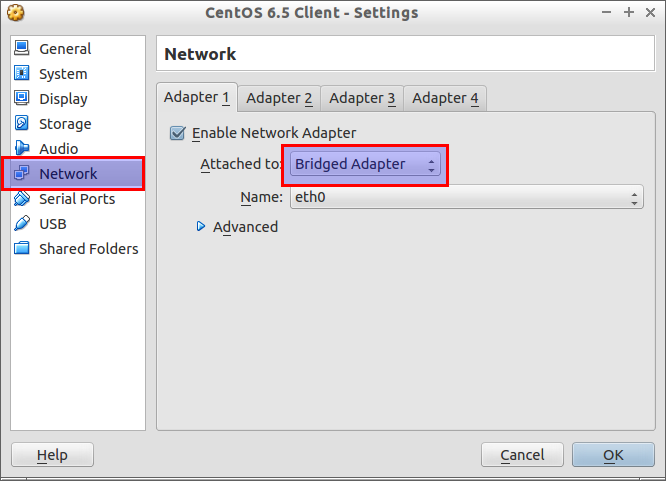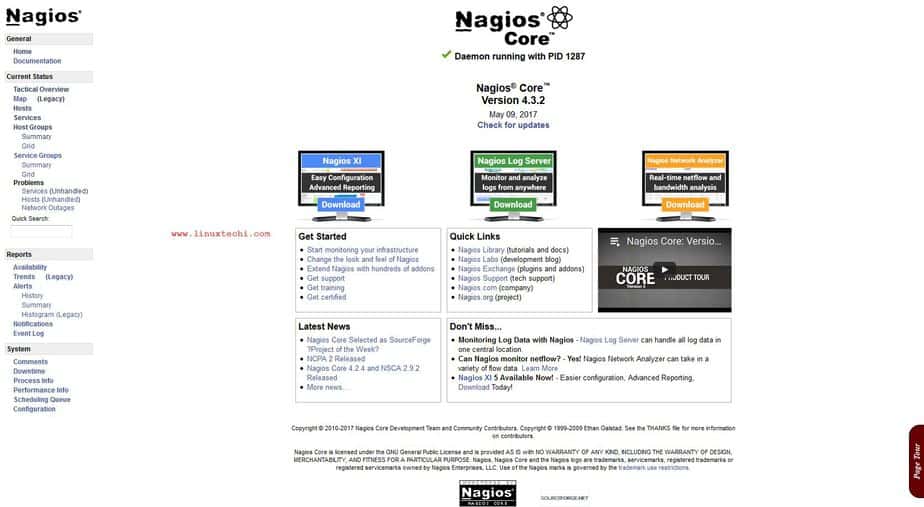How To Install Nagvis On Centos Version
Nagios is an awesome Open Source monitoring tool, its provides you more comprehensive monitoring environment to always keep an eye on your all machines / networks Yolandita monge disco grafia download. whether you are in a your data center or just your small labs.
Oct 20, 2017 - The setup process wasnt nearly as intimidating as a Nagios Install. Until FAN decides to move onto a Newer version of CentOS Version 2. Sep 25, 2012 - Installing Nagios & Nagvis on Centos 6.2 (Part II). Prerequisite: First you need to install Nagios. Download Nagvis last version (1.7.1).
With Nagios, you can monitor your remote hosts and their services remotely on a single window. It shows warnings and indicates if something goes wrong in your servers which eventually helps us to detect some problems before they occur. It helps us to reduce downtime and business losses.
Recently, Nagios released its latest versions Nagios Core 4.3.4 and its latest stable release of Nagios plugins 2.2.1 on April 19, 2017.
This article is intended to guide you with easy instructions on how to install latest Nagios Core 4.3.4 from source (tarball) on RHEL 7.x/6.x/5.x, CentOS 7.x/6.x/5.x and Fedora 26-20 distributions.
Within 30 minutes you will be monitoring your local machine, no any advanced installation procedure only basic installation that will work 100% on most of the today’s Linux servers.
Please Note: The installation instructions were shown in here are written based on CentOS 7.2 Linux distribution.
Installing Nagios 4.3.4 and Nagios Plugin 2.2.1
If you follow these instructions correctly, you will end up with following information.
- Nagios and its plugins will be installed under /usr/local/nagios directory.
- Nagios will be configured to monitor few services of your local machine (Disk Usage, CPU Load, Current Users, Total Processes, etc.)
- Nagios web interface will be available at http://localhost/nagios
Step 1: Install Required Dependencies
We need to install Apache, PHP and some libraries like gcc, glibc, glibc-common and GD libraries and its development libraries before installing Nagios 4.3.4 with source. And to do so, we can use yum default package installer.
Step 2: Create Nagios User and Group
Create a new nagios user and nagcmd group account and set a password.
Next, add both the nagios user and the apache user to the nagcmd group.
Step 3: Download Nagios Core 4.3.4 and Nagios Plugin 2.2.1
Create a directory for your Nagios installation and all its future downloads.
Now download latest Nagios Core 4.3.4 and Nagios plugins 2.2.1 packages with wget command.
Step 4: Extract Nagios Core and its Plugins
We need to extract downloaded package with tar command as follows.
When you extract these tarballs with tar command, two new folders will appear in that directory.
Configure Nagios Core
Now, first we will configure Nagios Core and to do so we need to go to Nagios directory and run configure file and if everything goes fine, it will show the output in the end as sample output. Please see below.
Sample output:
After configuring, we need to compile and install all the binaries with make all and make install command, it will install all the needed libraries in your machine and we can proceed further.
Sample output:
Following command will install the init scripts for Nagios.
To make nagios work from command line we need to install command-mode.
Next, install sample nagios files, please run following command.
Install Nagvis
Sample output:

Step 5: Customizing Nagios Configuration
Open the “contacts.cfg” file with your choice of editor and set the email address associated with the nagiosadmin contact definition to receiving email alerts.
Sample Output
Step 6: Install and Configure Web Interface for Nagios
We are done with all configuration in the backend, now we will configure Web Interface For Nagios with following command. The below command will Configure Web interface for Nagios and a web admin user will be created “nagiosadmin”.
In this step, we will be creating a password for “nagiosadmin”. After executing this command, please provide a password twice and keep it remember because this password will be used when you login in the Nagios Web interface.
Restart Apache to make the new settings take effect.
Step 7: Compile and Install Nagios Plugin
We have downloaded nagios plugins in /root/nagios, Go there and configure and install it as directed below.
Step 8: Verify Nagios Configuration Files
Now we are all done with Nagios configuration and its time to verify it and to do so please insert following command. If everything goes smooth it will show up similar to below output.
Sample Output
Step 9: Add Nagios Services to System Startup
To make Nagios work across reboots, we need to add nagios and httpd with chkconfig and systemctl command.
On RHEL/CentOS 6/5 and Fedora
On RHEL/CentOS 7 and Fedora 19-26
Restart Nagios to make the new settings take effect.
Step 10: Login to the Nagios Web Interface
Your nagios is ready to work, please open it in your browser with “http://Your-server-IP-address/nagios” or “http://FQDN/nagios” and Provide the username “nagiosadmin” and password.
Nagios Web Dashboard
Host View
Nagios Host View
Nagios Overview
Service View
Nagios Hos Services Monitoring
Process View
Congratulations! You’ve successfully installed and configured Nagios and its Plugins. You’ve just begin your journey into monitoring.
Upgrade Nagios 3.x to Nagios 4.3.4
If you are already running an older version of Nagios, you can upgrade it anytime. To do so, you just need to download the latest tar archive of it and configure it as shown below.
That’s it for now, in my upcoming articles, I will show you how to add Linux, Windows, Printers, Switches and Devices to Nagios monitoring Server. If you’re having any trouble while installing, please do contact us via comments. Till then stay tuned and connected to Tecmint and don’t forget to Like and Share us to spread around.
Read Also:
this turtorial is a follow up of my nagios series. Free ocr software.
you need to have:
a working linux box
a install of nagios core
7 Steps total
How To Install Nagvis On Centos Versions
Step 1: Download check mk
wget http://mathias-kettner.com/download/mk-livestatus-1.2.5i6p4.tar.gz
Step 2: unpack
tar -xzf *.tar.gz
and change dir cd ..
Step 3: excute as root
THIS STEPIS IMPORTANT EXECUTE AS ROOT !!!!!
./configure --with-nagios4
make
make install
Step 4: edit nagios.cfg
nano /usr/local/nagios/etc/nagios.cfg
and add
broker_module=/usr/local/lib/mk-livestatus/livestatus.o /usr/local/nagios/var/rw/live
Step 5: Restart nagios
/etc/init.d/nagios restart
Step 6: check the log file
nano /usr/local/nagios/var/nagios.log

check the log file if the broker is started
Step 7: download and install nagvis
now you can go to the website of nagvis and download and install the packages withou any issues.
http://www.nagvis.org/
i have added a host changed the backend to check_mk and it was all working after a few moths reasearch .. finaly



